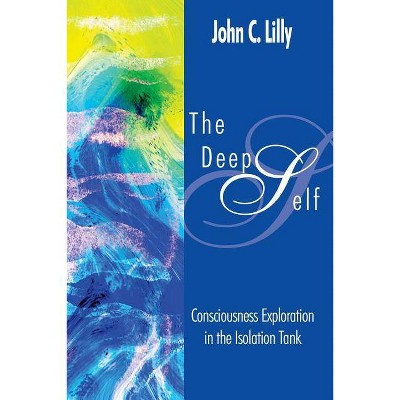Emily Dickinson - by Steven B Herrmann (Paperback)

Similar Products
Products of same category from the store
AllProduct info
<p/><br></br><p><b> Book Synopsis </b></p></br></br><p>Among the 19th century poets, Emily Dickinson is by far the most scientifically minded. Science is the voice that summoned Dickinson at Mount Holyoke Female Seminary and gave her unique distinction as a poetess of botanical and entomological and astronomical classifications. Like no other 19th century poet she forms an integration between science and spirituality. She studied at Holyoake at the exact historical moment of the first Seneca Falls Women's Rights Convention in 1848. This, therefore, is a feminist book. It speaks up for the Divine Feminine. On the front cover purple-white rosemary blossoms are exploding with color. Emily Dickinson's garden was a place where butterflies, bees, and hummingbirds drank up the radiance of flowers. Rosemary in particular was one of her favorite healing herbs. C.G. Jung mentions the antitoxin of rosemary flowers as a synonym for the Self, the total personality. When Steven Herrmann refers to Emily Dickinson as a Medicine Woman, he is speaking of an archetype of healing within all humans. Her poems are enduring imprints of the Medicine Woman archetype. It is by access to the Medicine Woman archetype that she's able to espouse a democracy of equality that the world needs right now. She advises women to cherish "Power" and take heed from the Serpent. We need a Medicine Woman to balance things out. In a democratic sense, she's a fierce and uncompromising spokeswoman for Liberty. She is a dispenser of a new American myth for our times. </p>
Price History
Price Archive shows prices from various stores, lets you see history and find the cheapest. There is no actual sale on the website. For all support, inquiry and suggestion messagescommunication@pricearchive.us




















